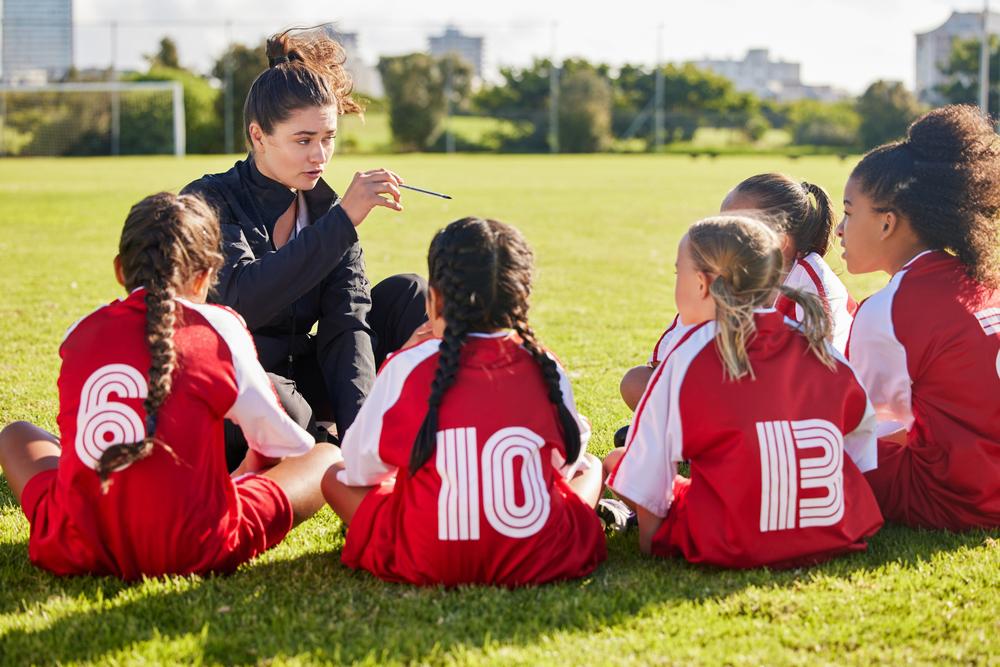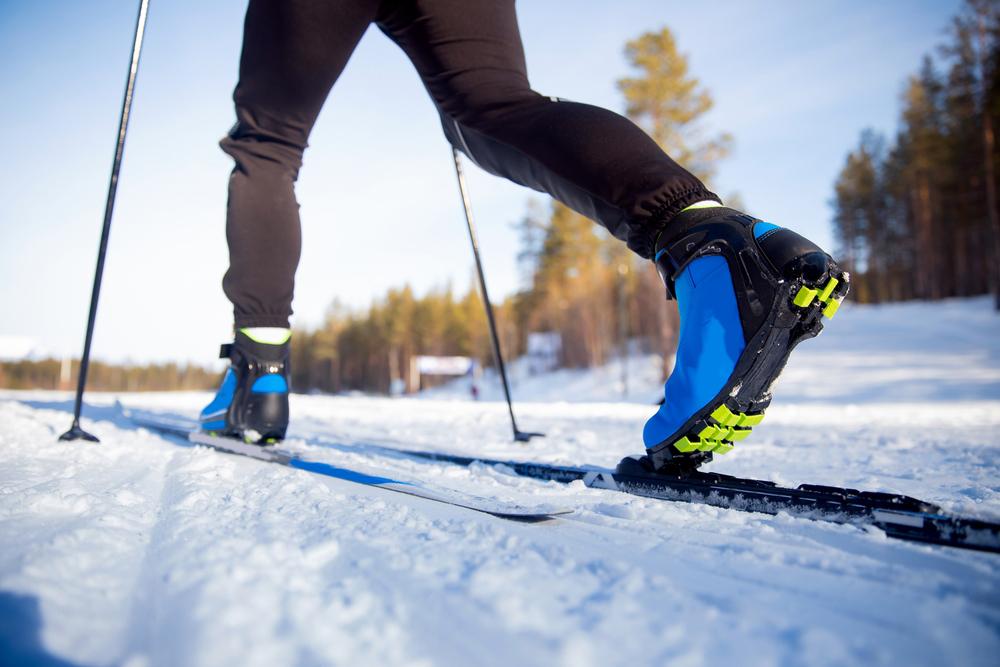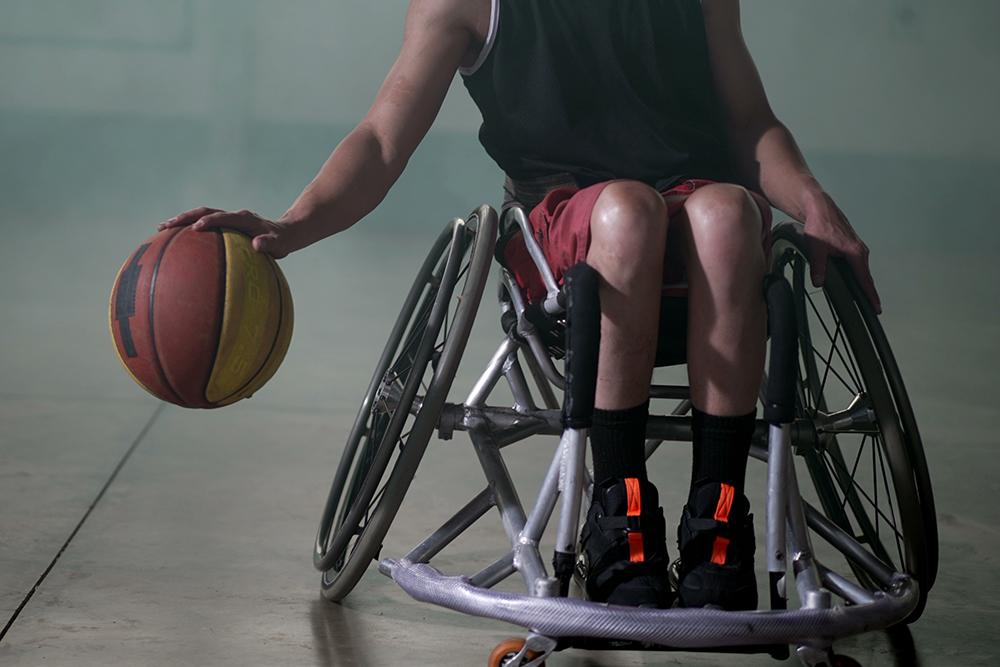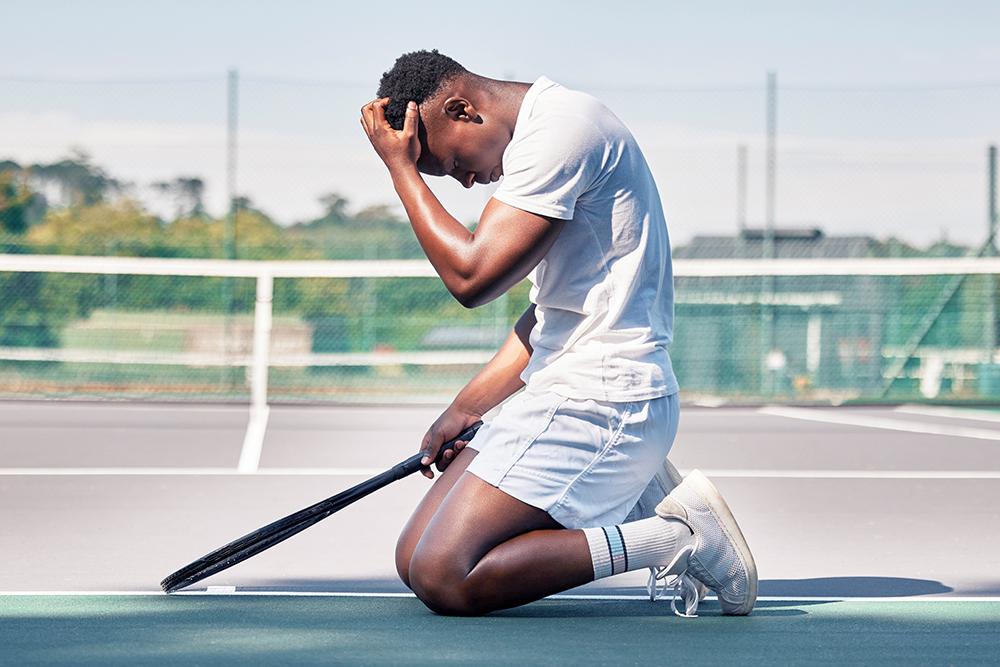Content Warning: This video contains mentions of trauma.
Steve Emt: I was always, you know, I’m an athlete at heart, I’m a jock, and I’m always picking up on sports. Specifically through my childhood, I played soccer, basketball, baseball, and football. I was busy all season, all year round, always in the driveway. Basketball was always my love. So, even during soccer, baseball, and football season, I was always out in the driveway on the weekends shooting hoops and stuff. I had a childhood full of athletics.
My parents played a huge role in athletics, not only for me, but for everybody in the community. So, the impact they had on, not only me, I mean, there was literally softball leagues formed by my mother, so all the girls in town could play. My father formed the football league in town, you know, 47 years ago or so, just so kids can play. And then basketball, he coached me in all the sports, my mother coached, you know, my sisters through all the sports. I have a sister that’s four years older than me, so I was always on the field out there, in a softball field with them.So, my parents were huge, they were a firm believer in providing opportunities for everybody to participate. And if there wasn’t something going on, they would form a league and they would form a team so that they could play. And they instilled that in me in a very early age, the importance of giving back to the community, giving back to other people. What I learned from them is, again, another thing that’s embedded in me and that I go forward with every day.
I was 25 years old when I had my accident. Again, you know, I had a great great life growing up before that and and for me at 25, I made a terrible decision one night to drive home after I was drinking with a couple of my buddies, and I don’t remember much of the accident. The last thing I remember is putting the keys in the ignition of my truck and starting it up and starting to drive away. And from what I was told, I was traveling about 85 miles an hour on a highway, when I passed out behind the wheel and my truck went off the right side of the road and I hit a ditch and I started to cartwheel and roll and flip about 75 yards down the road. I cartwheeled three quarters the length of a football field about 2:00 in the morning. And I did not have my seatbelt on, which obviously is a terrible decision in itself. I rolled with the truck the entire way, I was found next to the truck, so I rolled with it the entire way and the truck came to rest on its roof. All the tires were blown out, the glass was shattered, obviously, all this metal was gone. And the way I was found, a police officer just happened to be driving the other way on a highway, and his light shined off the chrome of my truck, and he turned around and he got to the scene and he got on the radio right away and he called up, you know, obviously the hospital and the hospital sent LIFE STAR helicopter. They flew me back there, multiple surgeries. I was in a coma for two days and when I woke up, the first person I saw was the doctor that had performed the surgery on me two nights prior. She came into my room and she looked at me and she said, “Steven, you’ve been in a bad automobile accident. You’ll never walk again.” And she left the room and I’m like, you know, I woke up and I’m, you know, looking straight up in the air, I’m on a bed that’s rotating to keep the fluids in my body moving, I got a respirator in my mouth, my hands are handcuffed to the bed. I got tubes and wires sticking out of every part of my body. You know, where am I? What’s going on, would somebody wake me up, please? This is a terrible nightmare. And when she said that I was, you know, I was like, what? You know what’s going on? I’m, you know, I’m Steve Emt. I’m 25 years old. I’m invincible. I’m untouchable. This isn’t happening to me. And then my mother came in. Excuse me. And she came over, she came over to my lifeless body and a teardrop, I saw the tears in her eyes and one teardrop fell from her eye and hit me on the cheek and rolled down my face and that’s a feeling that I’ll never, ever, ever forget and what I put her through and my family through and my loved ones through for those two days. And she kissed me on the forehead and she said, “You know, Stephen, I love you.” And she she walked out of the room. And, you know, again, what I did to those people for those two days that I was in a coma.
Life lesson. I love talking about it, I love sharing my story. That’s what I do now. You know, I travel all around and I share my story just that – hey, we’re not invincible. And you know, it will catch up to us eventually. I’m living proof of what can happen and what could have been. I could have been a pro athlete. I could have done this and settle down my girlfriend and have it all. But no, I made a terrible decision and look at me now. You know, every morning I got to drive my butt out of my bed and into a wheelchair and and push around everywhere. And every night I do the reverse and climb into a bed from my wheelchair. I’m not getting away from this. I’m paralyzed, probably for life. Right now there’s no cure for for my paralysis, there’s so much damage to my body. But then we move on and there was times where it was difficult for me. But, you know, eventually I accepted it and get on with life and become successful and everything I did.
It took me weeks, if not months, to to get over the, this isn’t happening. You know, there’s the five stages of grief that people go through. And I was in denial for weeks, if not months. And, you know, thinking to myself, I’m going to be fine. This isn’t happening. I’m going to get through this. But for those days, all the negative thoughts I allowed to come into my mind, you know, who’s gonna take care of me for the rest of my life? Who’s going to want me? Who’s going to, you know, who am I going to be a burden on the rest of my life? And I thought about taking my own life. And I thought about giving up. And it was awful. And people, the doctors and nurses and the therapists would come to my room and I would yell at them and swear at them and throw things at them and get the hell out of my room and I don’t want you. I don’t want any help. I don’t need any help.
But then something incredible happened. They wheeled me down to a swimming pool and they put a life jacket on me and they put me into a little chair that lifts up over the side of the pool and goes over and slowly lowers me down. And I remember as the waters hitting my feet, I’m saying to myself, I can’t feel this. This is weird. It’s coming up my legs. I can’t feel it. It’s just weird. What’s going on? All of a sudden it hit me my waist above my level of injury. And hit my hands and my chest and my face. And it was like, and I’m not a religious person, and if you are, that’s beautiful, personally I’m not. But it’s like I was born again. You know, such a refreshing feeling like, wow, this is amazing. And I’m floating around this swimming pool in my rehab hospital and I’m thinking to myself, you know, I got a decision to make right now. Do I want to be that negative person I’ve been for the last two days where people don’t want to be around me and I’m miserable and I’m going to go home and die, whether it’s physically, mentally or emotionally just pass away? Do I want to be that idiot, that jerk? Or do I want to go back to being the person I was, the life of the party? And when I come into a room, I suck the air out of the room and I love people. I love talking to people and being in front of people and on stages in front of thousands and that’s me. And I had a decision to make right there and I decided in a pool as I’m floating around, I said, I’m done with this. I’m done being this jerk, this negative dark person. I’m going to move on with my life, I’m going to listen to the doctors and therapists and nurses, whoever wants to help me out. I’m going to get out of here as soon as possible. I’m going to get home and get on with my life. And I’m going to be successful. I know I got challenges coming. I know I’ve got obstacles coming, but I’m going to meet them 100%, you know, thousand miles an hour and go at them and overcome them and lead a successful life.
So eight years ago, when I’m 43 years old and I thought my life was all good, you know, I thought, I’m good. I’m settled in my teaching degree and career and yadda yadda. I went away, I’m from Connecticut, so I went away to Cape Cod, Massachusetts, one day just to get away. And I’ve never been there before in my life and everybody’s telling me, you need to go. It’s beautiful place. I check into my hotel and said, I’m not from here. Where do I go? They said, well, you need to go down to Woods Hole, this bakery called Pie in the Sky. Get something to eat. It’s on a harbor, watch the ferry, the boats come in and just enjoy the day. I park my truck, I push up a hill and I’m at Pie in the Sky, minding my own business, and this gentleman comes around the corner and he comes up to me and he says, are you local? And I said, no I’m from Connecticut like two and a half hours away. And there was about 10 seconds of silence then. And I’m thinking myself, I’m dead. I’m getting stalked here. I’m planning my route, like, I’m going off of that pier, I’m going down the hill, whatever it is. Finally, I said to him, do you mind telling me why you asked that? And he said, well, I train with the Paralympic curling team here on the cape and I saw you pushing up the hill back here. And with your build, I can make you an Olympian in a year. And I’m like, A, what the heck is curling? And B, where do I sign up? You know, being an athlete, I’m like, let’s go Olympics. I drove the two hours home and I’m thinking about this. Maybe this is something I could do. I got home. I Googled it. Hey, this looks cool. I could do this. And I went back a couple of days later and I threw my first couple of stones at midnight. Absolutely fell in love with the sport. Right away I knew it was for me and, obviously, I was awful at first, but it was just something that, you know, it was a place for me. The ice is a place to go, you know, to get away from everything, no matter what’s going on in my life, I get on the ice and it’s my little sanctuary to get away from everything.
I had no idea what the Paralympics were. I had no idea what curling was, I had no idea about adaptive sport. I had no idea that I could wear a jersey that says USA on it with my name on the back and travel the world and represent this beautiful, wonderful country we live in. And no idea, at 43 years I thought I was good. And then I got stalked by this guy, and here I am now a seven time national champion and a Paralympian and another one coming up.



